TVP (or Textured Vegetable Protein) is a common, easy-to-cook protein that’s a staple in the vegetarian kitchen. Here’s how to use it!
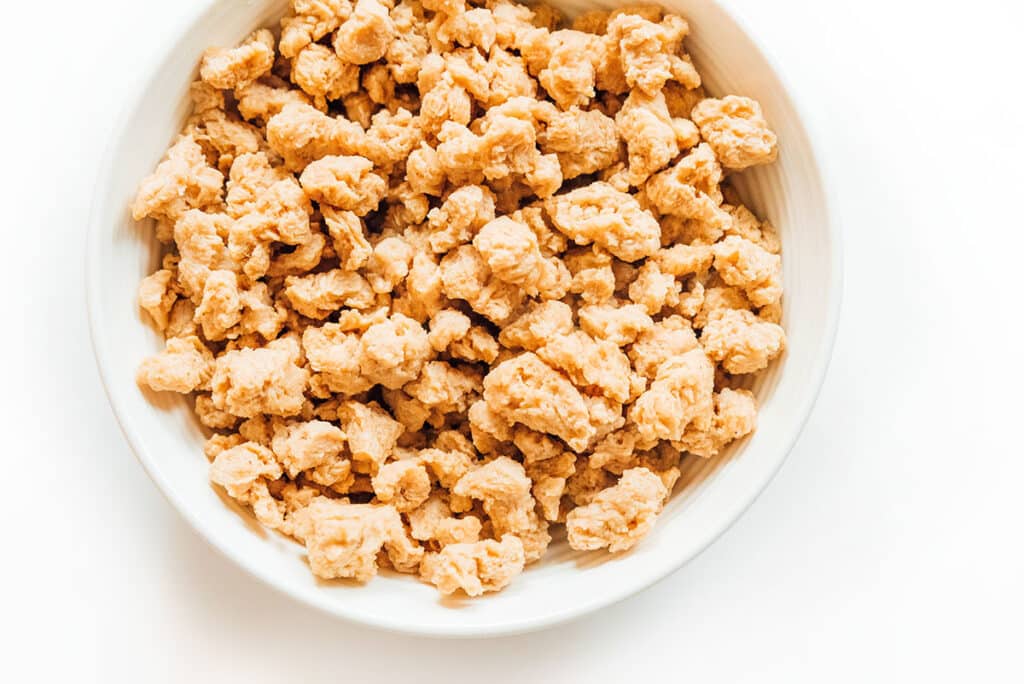
What is textured vegetable protein?
Textured Vegetable Protein (TVP, or Textured Soy Protein) is dehydrated soy protein that typically comes in granular form, is sandy in color, and is unflavored. Like tofu and tempeh, it has tons of uses because it takes on whatever flavor it is cooked in. This vegan powerhouse is packed with protein and reasonably priced (win-win!). It’s also gluten-free, making it a great plant-based protein for those on gluten-restricted diets!
How is TVP Made?
TVP is made by a process which extracts the proteins from the soy bean. After the elements are separated and while the soy paste is still hot, it is compressed into various shapes (such as flakes, chunks, nuggets, and strips). After it cools, the final step is for the vegetable protein to be dehydrated.
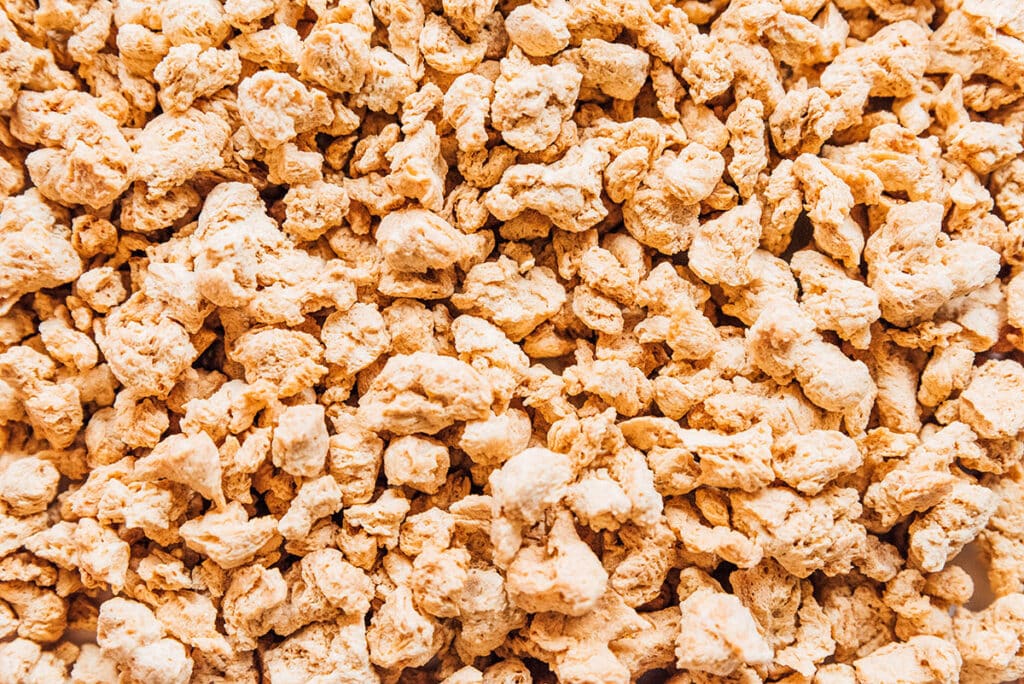
Types of TVP
Textured vegetable protein can be purchased online or in stores. It is often found in a bag and does not need to be refrigerated until it is rehydrated. TVP comes in two main forms – granules and chunks.
Granules: Granules work great for making things that resemble minced meat, like in vegan ground beef or vegan sloppy joes!
Chunks: Chunks are my preferred option as they give your meal more chew. They can be mixed and cooked with any sauce you like, tomato sauce, soy sauce, or anything else yummy! (I especially love chunks in this vegan breakfast sausage!)
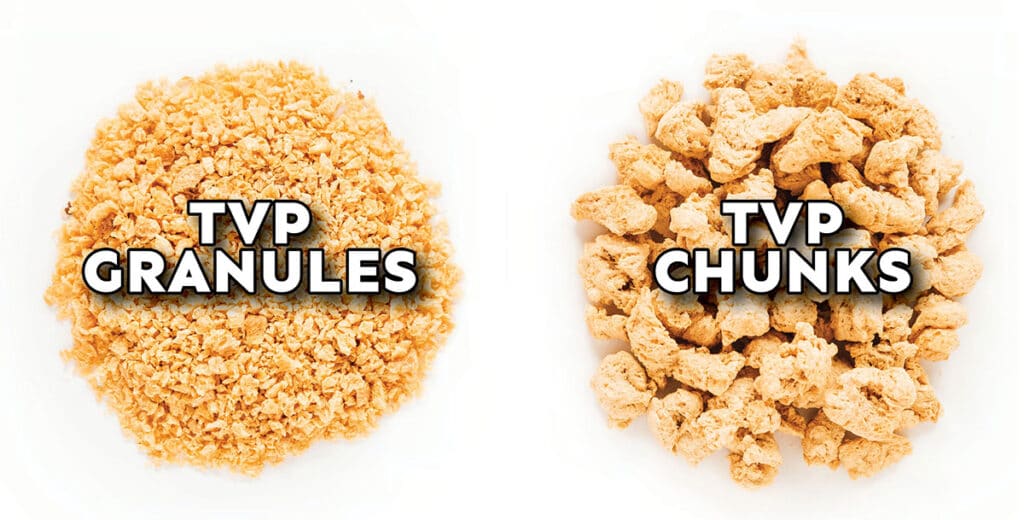
Where to Buy TVP
You can usually buy TVP in the flour or baking aisle of your grocery store (Bob’s Mill is the most popular seller). It can also be found online here!
Storage
TVP can be stored indefinitely if kept in a cool, dry place. Once you rehydrate it or cook with it, leftovers should be enjoyed within 5 days.
How to cook textured vegetable protein
Cooking a protein that comes in a shelf stable bag? Sounds intimidating, but its not! TVP is basically just dehydrated, so it usually needs to be rehydrated before you can enjoy it.
- Stir: Place 1.5 parts TVP into a bowl and cover with 1 part boiling water or broth
- Sit: Let it sit for 10 minutes until hydrated. At this point the TVP can be used as a meat replacement (like sautéed, roasted, or mixed up as ground “meat)!
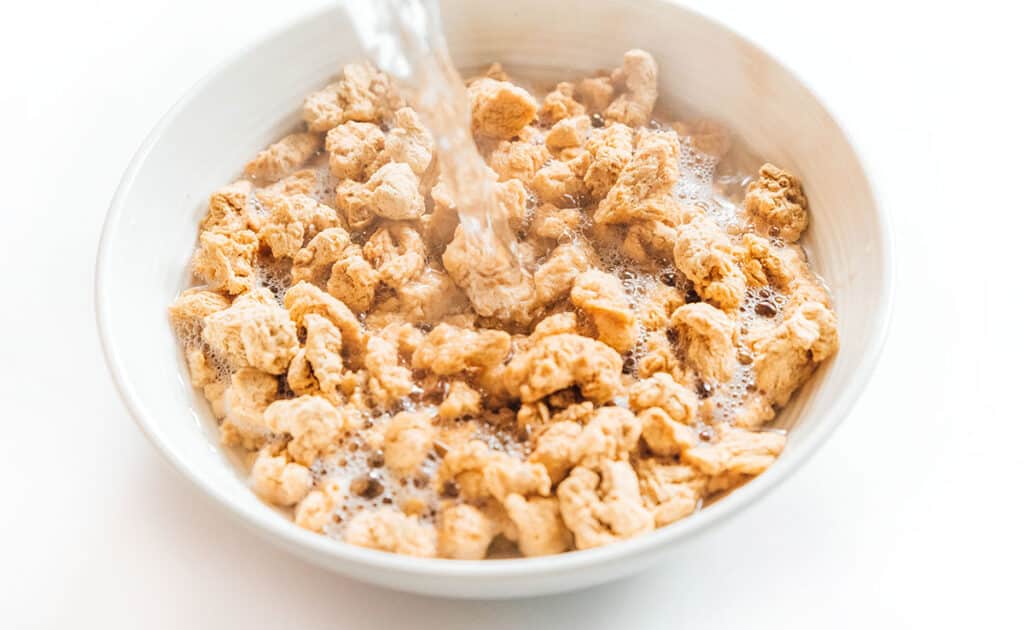
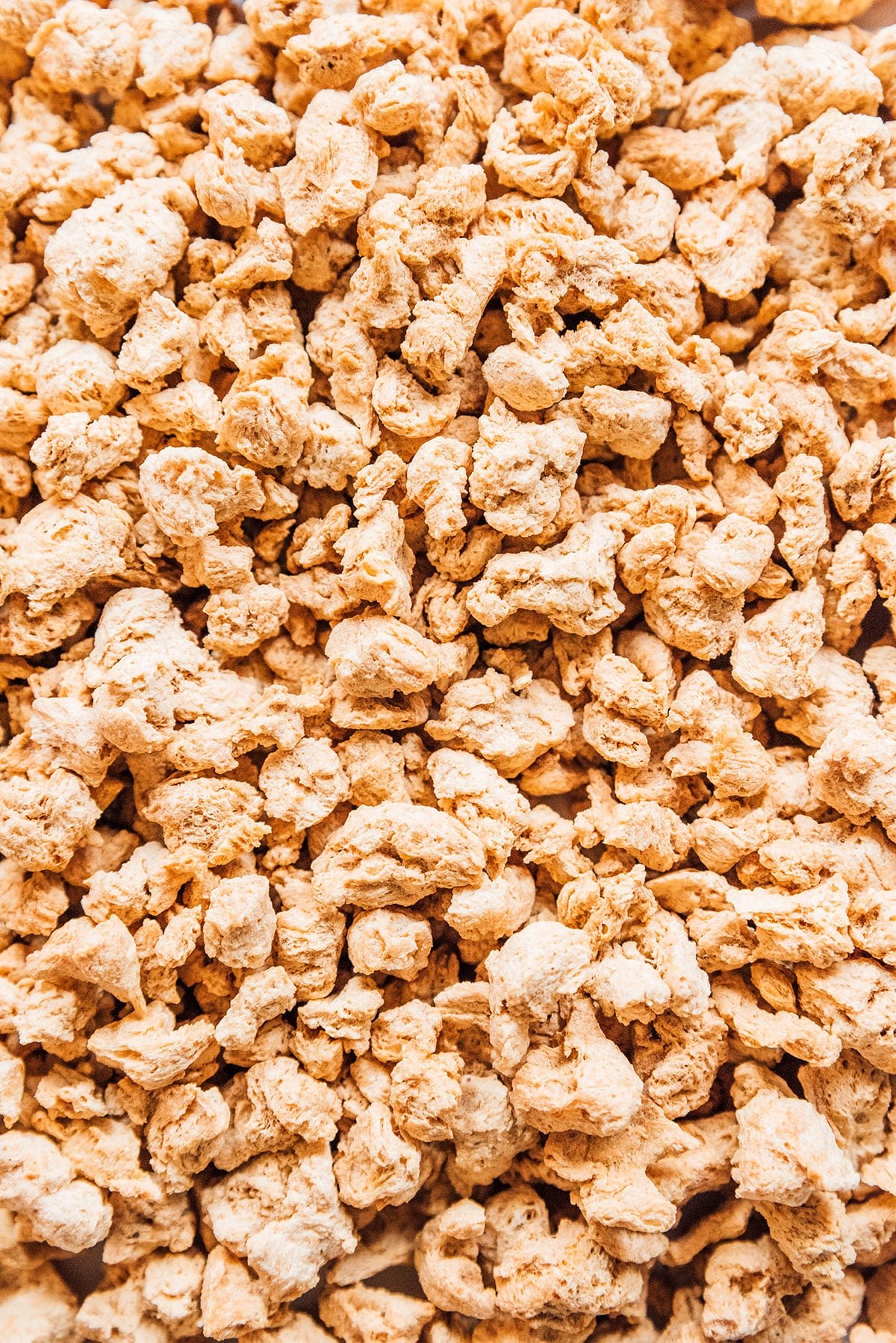
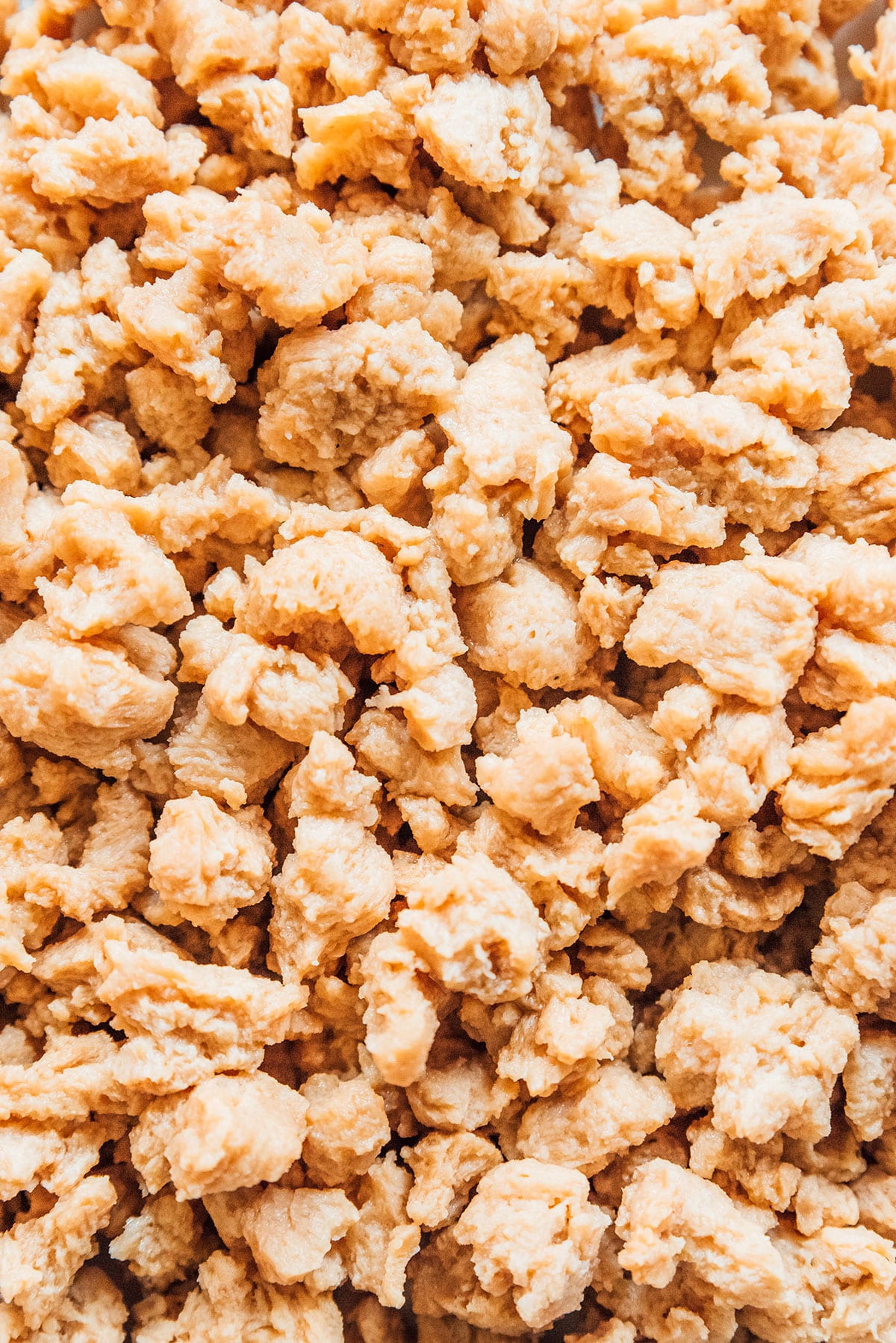
Textured vegetable protein health risks
While TVP is plant based and does has quite a bit of nutritional value, because it is soy based it is a health risk to folks allergic to soy. This can result in typical allergy symptoms like a rash, sneezing, and a tight throat.
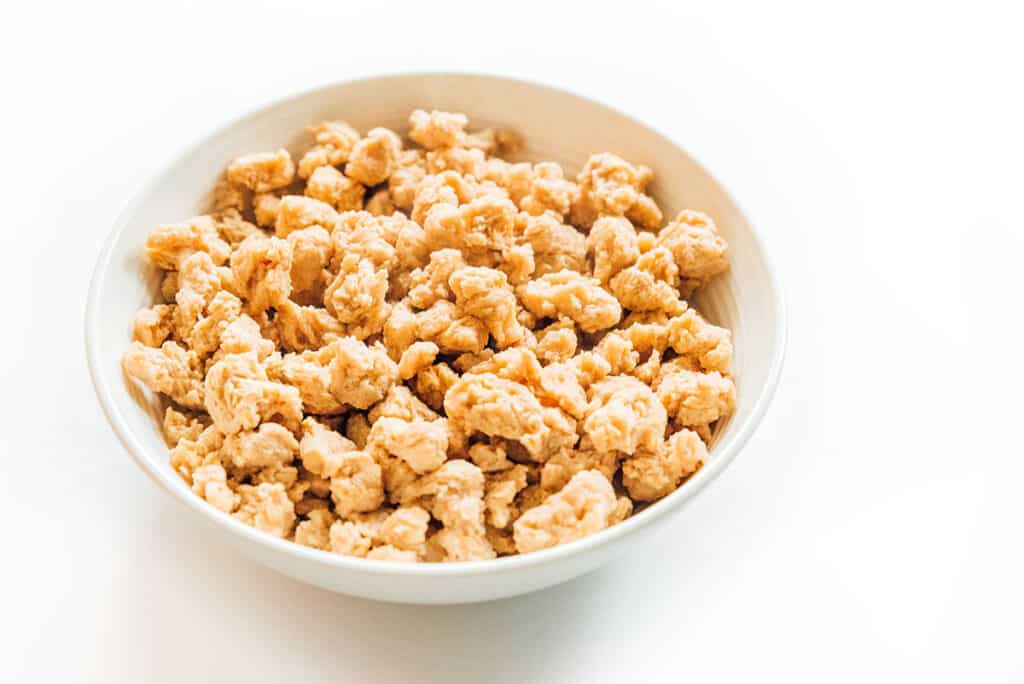
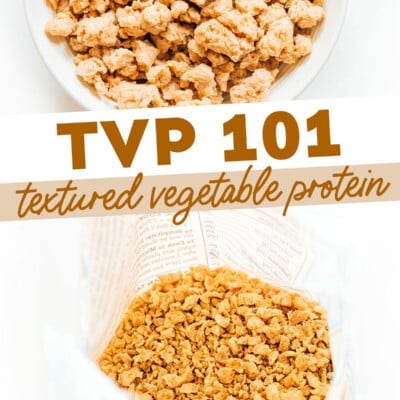
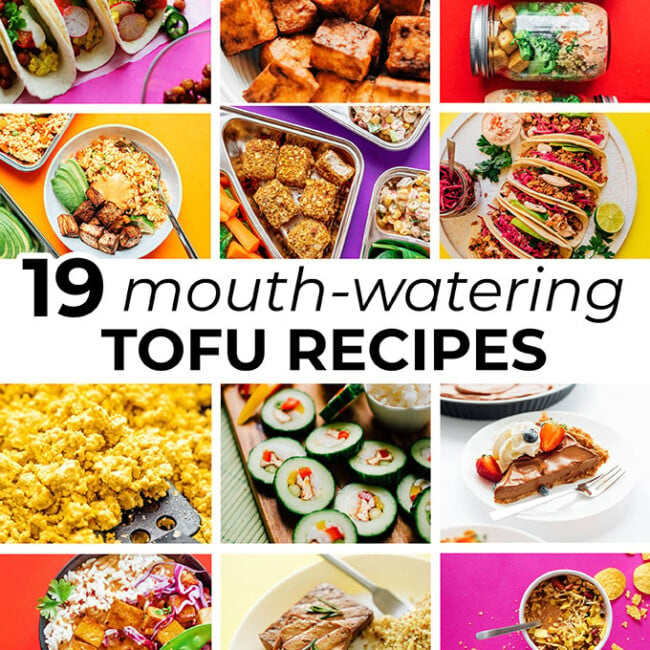
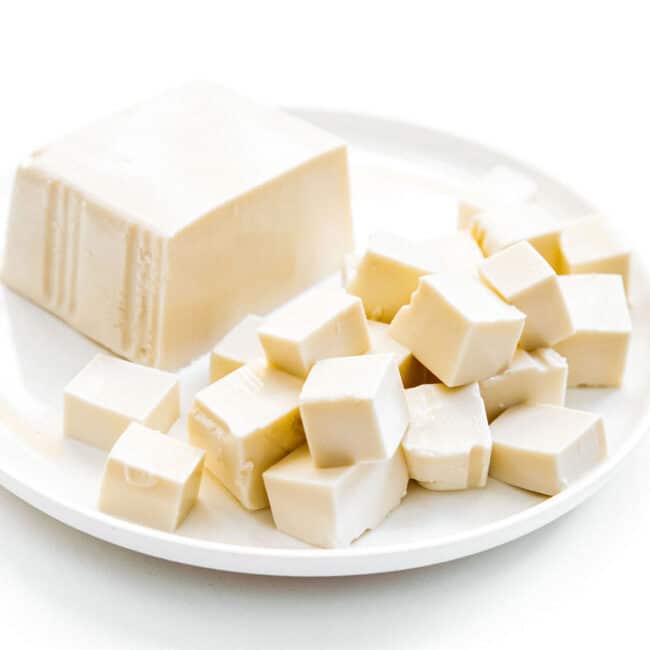
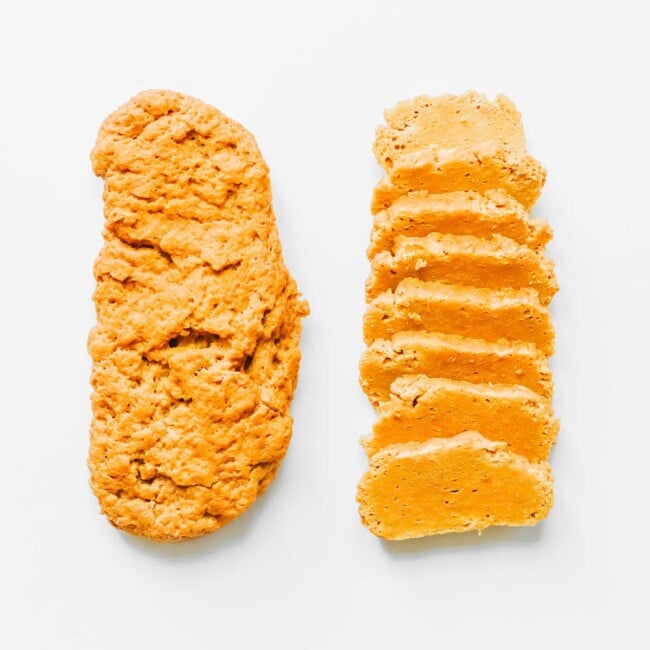

Brian Andrews says
I live in Puerto Vallarta Mexico and I have bought in the grocery stores here and used it in things like tacos, chili or a pasta sauce but it always flavored. They even have chorizo flavored which I am not keen on, chicken, beef, and sausage. I have not found any unflavored unfortunately to use in an Asian inspired stir fry. I do not crave or miss the flavor of meats in general, especially beef. I typically use the chicken flavored one but don’t like the idea of what might be added to flavor these. What would typically be the ingredients to flavor
Sarah Bond says
I like to use tomato paste as a savory base, then flavor with certified vegan broth bases! You can find all of our tvp recipes here (many more coming soon!)
Mary Burt says
how do I make it taste like ham?
Sarah Bond says
I like using this Orrington Farms Vegan Ham broth!
Kim owens says
I enjoy eating Soyjock protein strips straight out of the bag in their dehydrated state..I just want to make sure these beans were cooked during manufacture which I assume they are as most Tvp is..you know it not being safe to eat uncooked soybeans..do you have any info on this?thanks
Sarah Bond says
I would cook them if the package recommends it! Sometimes raw ingredients can contain possible contaminants (like raw flour), so you should probably cook them!